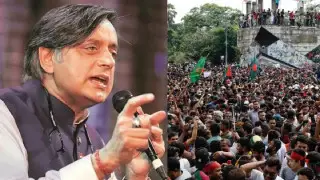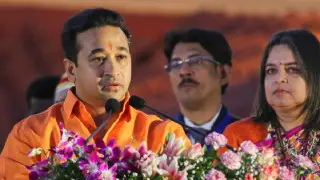
ANI (File)
New Delhi: A new study by the Economic Advisory Council to the Prime Minister (EAC-PM) sheds light on India's changing religious demographics between 1950 and 2015. Here are the key takeaways:
The share of Hindus in India's population decreased by 7.8%, dropping from 84% in 1950 to 78% in 2015. This decline is the second-highest in the region, following Myanmar's 10% decrease in its Buddhist majority. Nepal also saw a slight decline (3.6%) in its Hindu majority population.
Contrary to some concerns, minorities in India thrived during this period. The Muslim population share surged by 43.15%. Christians (5.38%), Sikhs (6.58%), and Buddhists also saw increases. However, the Jain and Parsi populations witnessed a decline.
India's demographic shift reflects a global trend. The average share of majority religions across 167 countries dipped by 22% between 1950 and 2015. Developed nations like those in the OECD saw an even steeper decline (29%) in their majority religion's share.
The study avoids analyzing the reasons behind these demographic changes. However, it suggests India's policies and institutions have fostered a "conducive environment" for minority growth. The rising share of minorities is seen as a positive outcome of these policies.
Pakistan and Bangladesh, with Muslim majorities, saw increases in their respective dominant religious groups. Pakistan's Muslim share rose by 3.75%, and Bangladesh witnessed a jump of 18.5%. Myanmar, however, experienced the highest decline (10%) in its Buddhist majority population.
This research provides valuable data on religious demographics in India and globally. It challenges some narratives about the treatment of minorities in India. The study's findings can inform policy discussions and promote religious tolerance.













Copyright © 2025 Top Indian News
